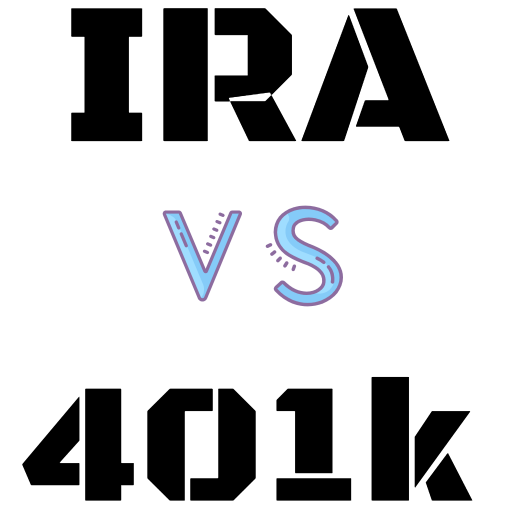
A Roth IRA is a retirement account that comes with powerful tax breaks. Roths are a great option for seniors because while you invest with after-tax dollars, any money you withdraw as a retiree is tax-free. You won’t pay taxes on investment gains, and distributions don’t count when determining if you hit the threshold at which Social Security benefits become taxable.
But in order to reap the benefits a Roth IRA provides, you need to follow certain rules. And while most people are familiar with the requirement that you wait until age 59 1/2 to take money out to avoid early withdrawal penalties, there are some other rules that could trip up some retirees. In particular, there are two five-year rules that tend to cause lots of confusion — and not following them could mean you lose out on the big tax benefits a Roth IRA provides.
Image Source: Getty Images.
The five-year rule after your first contribution
The first five-year rule sounds simple enough: In order to avoid taxes on distributions from your Roth IRA, you must not take money out until five years after your first contribution. But it’s actually a little more complicated than it seems at first glance.
First things first: The five-year rule supersedes the rule that says you can make tax-free withdrawals once you hit 59 1/2. Once you reach that age milestone, you won’t owe a 10% penalty for early withdrawals, but you still must have made your first contribution at least five years prior to avoid being taxed at your ordinary income tax rates.
You’ll also need to know when the clock starts running on your five years. That happens on the first day of the tax year when you made your contribution. That means that if you put money into your Roth IRA in 2020 but contributed it toward the 2019 tax year, then the five years will run on Jan. 1, 2024. If you withdraw funds before that date, you’ll be taxed only on investment gains — you can still take out contributed funds tax-free since you made after-tax contributions.
How this five-year rule works after a Roth rollover
If you roll over a Roth 401(k) to a Roth IRA, the five-year rule described above still applies. However, it’s important to note that the period of time you had your Roth 401(k) open doesn’t count toward the five-year rule. Unless you first contributed to another Roth IRA more than five years ago, you’ll have to wait to access your retirement funds tax-free.
The five-year rule for converted IRAs
Those who convert traditional IRAs to Roth IRAs are subject to a whole different set of rules to ensure they don’t just do a Roth conversion to avoid early withdrawal penalties.
Again, the first thing to know is that each conversion starts its own five-year countdown beginning in the tax year in which it’s completed. Withdrawing from a converted IRA before five years have passed triggers the 10% early withdrawal penalty for those under 59 1/2. And this penalty applies to the total amount of converted funds, even though you were already taxed on them.
Knowing these rules is essential to avoid losing the valuable tax benefits a Roth IRA provides, so make sure you understand them fully before making any withdrawals from your retirement plan.
